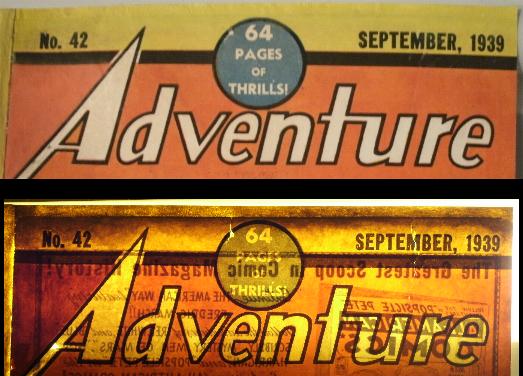
Piece Replacement
A few things a collector can look for when trying to detect if any pieces have been replaced.

Discussing the minutiae of comic book collecting.

Discussing the minutiae of comic book collecting.

A few things a collector can look for when trying to detect if any pieces have been replaced.
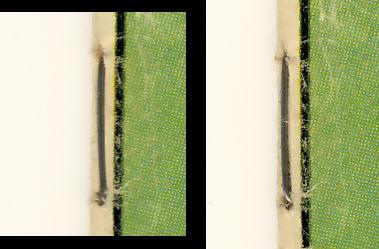
A book might have its staples restored – either through cleaning or outright replacement.
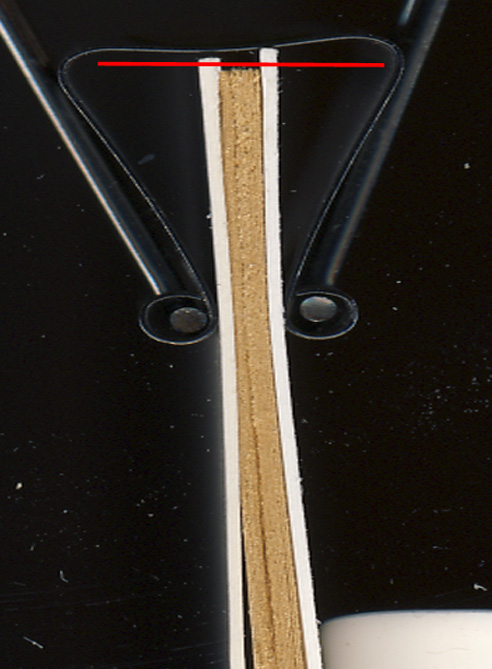
Trimming is easily the most difficult form of restoration to detect, at least with any degree of certainty.
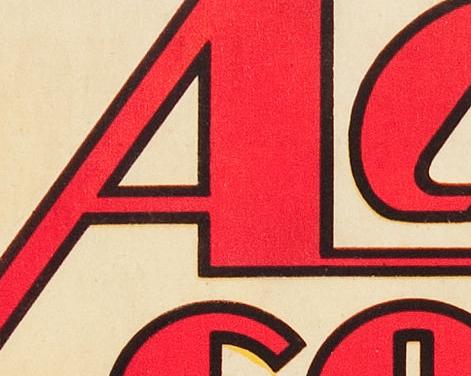
But more than a quick glance at almost any comic book cover in existence will reveal that all the blue’s, red’s, green’s and especially grey’s are far more than a simple blotch of colour on paper.
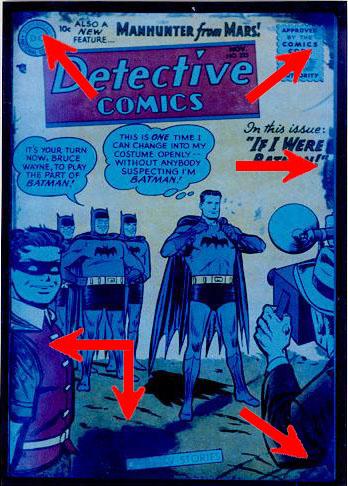
While some evidence of restoration can be revealed by viewing a book in natural daylight and using a magnification loupe, my favourite tool in detecting restoration (both amateur and professional) is my UVA blacklight.
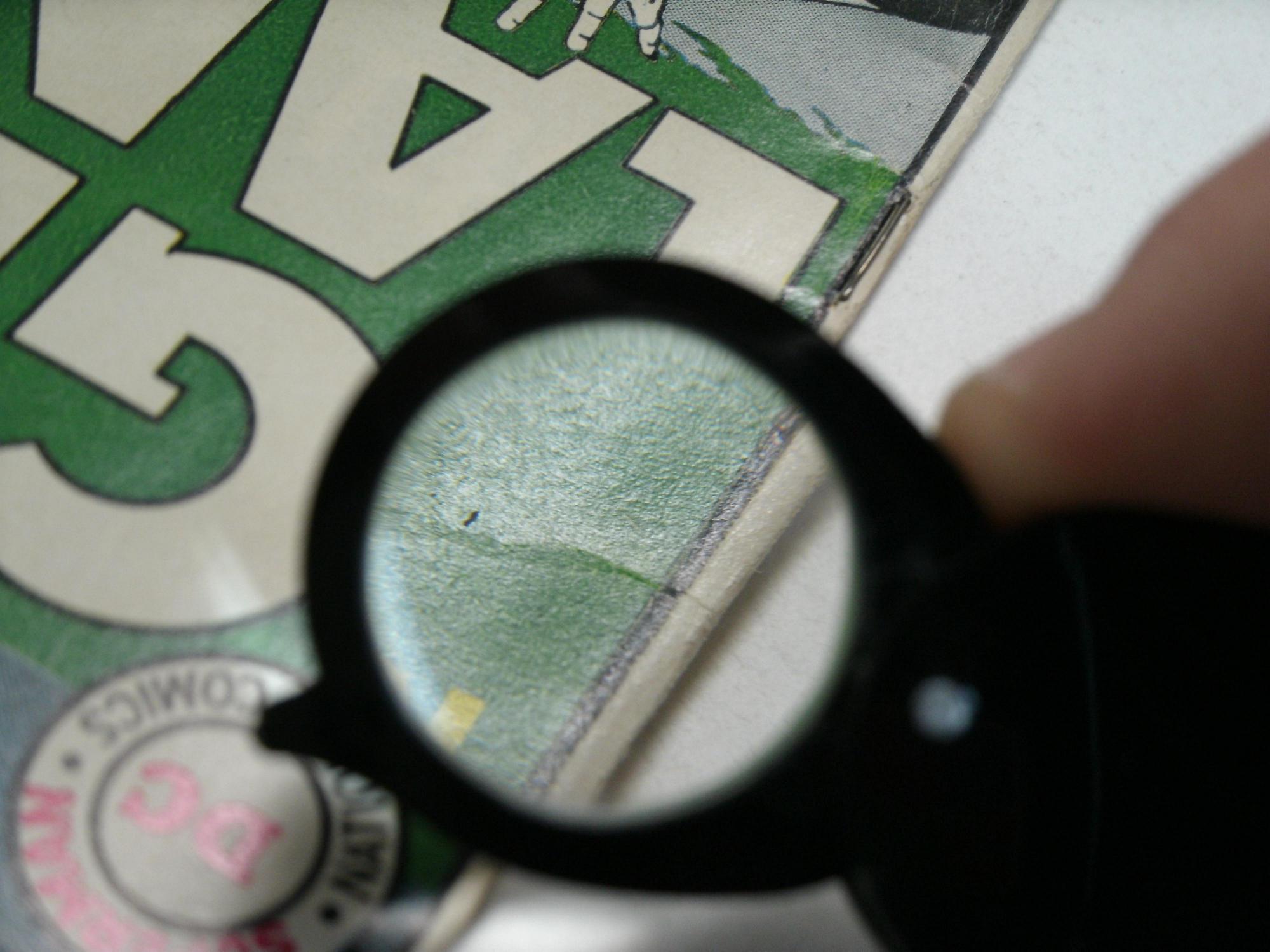
Detecting Restoration - a "how to" for the convention goer. Spotting color touch.